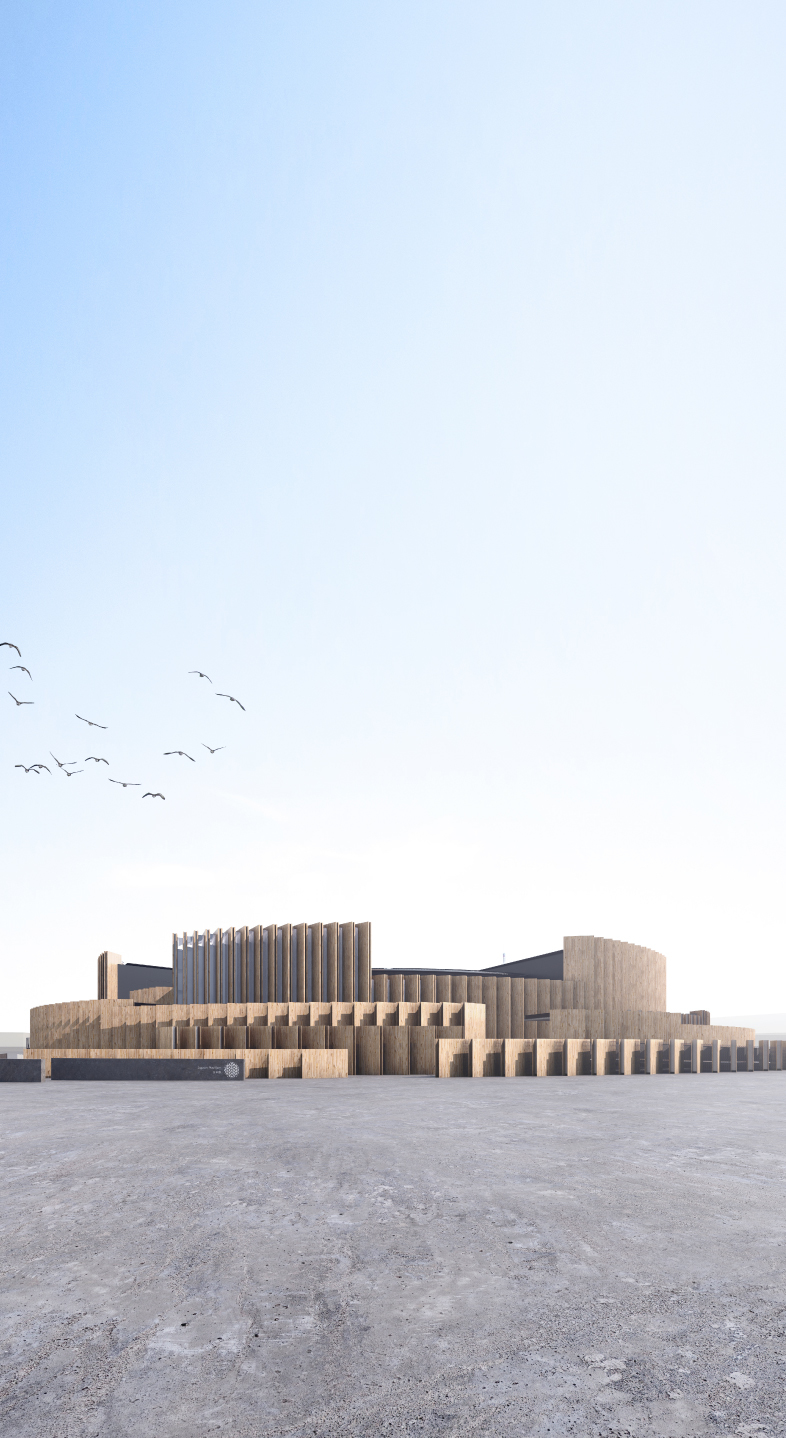
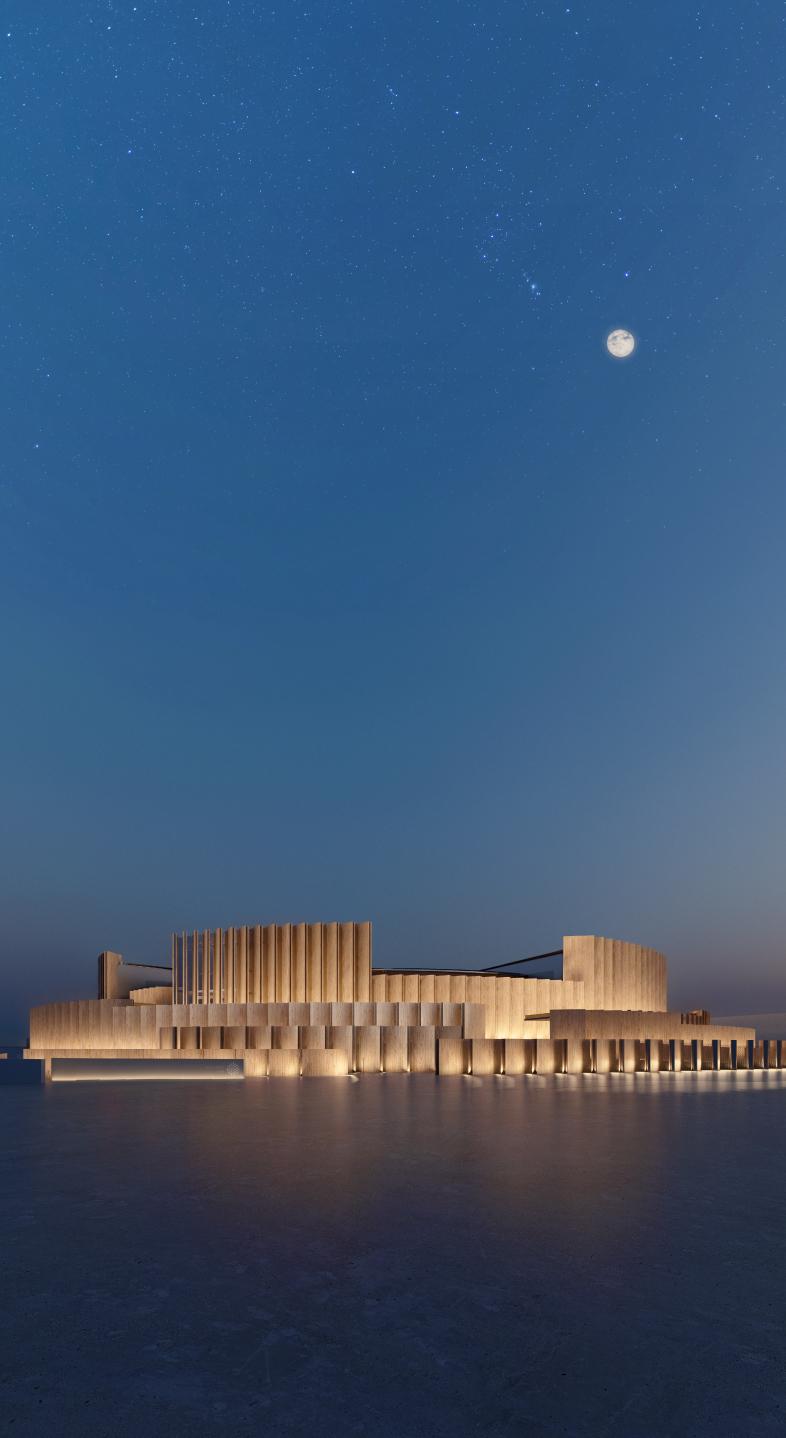
Overview
Concept
Concept animation. A plant sprouts from the soil and grows into a tree. Wood is transformed into a chair. The chair breaks and falls apart, becoming soil. A cyclical animation where life continues even as it changes in form.
It’s not just us. When an animal or plant, a thing, even a whole society, nears to the end of its role, part of it is carried on, transforming, taking on a new role. We all live through these connections.
Take a look at this space between lives and you'll see that the world is made up of countless, tiny cyclical loops.
A full life is one in which all life is respected, its meaning and value understood. A full life is lived as part of the connections between lives. The relationship to nature and aesthetic sensibility that have flourished in this country are one key to achieving this.
What will you find, what will you think, in that cycle between lives with no beginning and no end? What will you carry on to the next?
The official web magazine of the Japan Pavilion
The theme of the Japan Pavilion is "Between Lives."
This web magazine will help you enjoy the Japan Pavilion even more deeply by learning about the value of the cycle that underpins this theme.
That’s what “Monthly Japan Pavilion” is all about.
We plan to update every month with a different theme from April 2024 until the Expo opens in April 2025.
We’ll be taking a look at the cycles of life right next to us, while keeping an eye out for learnings to help build a sustainable future and society to come.
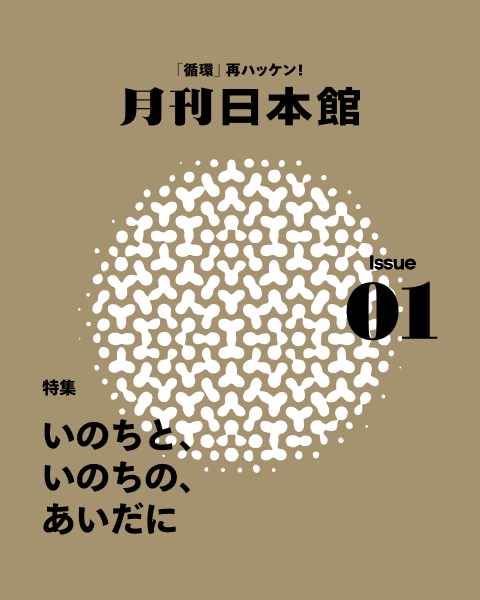
Architecture
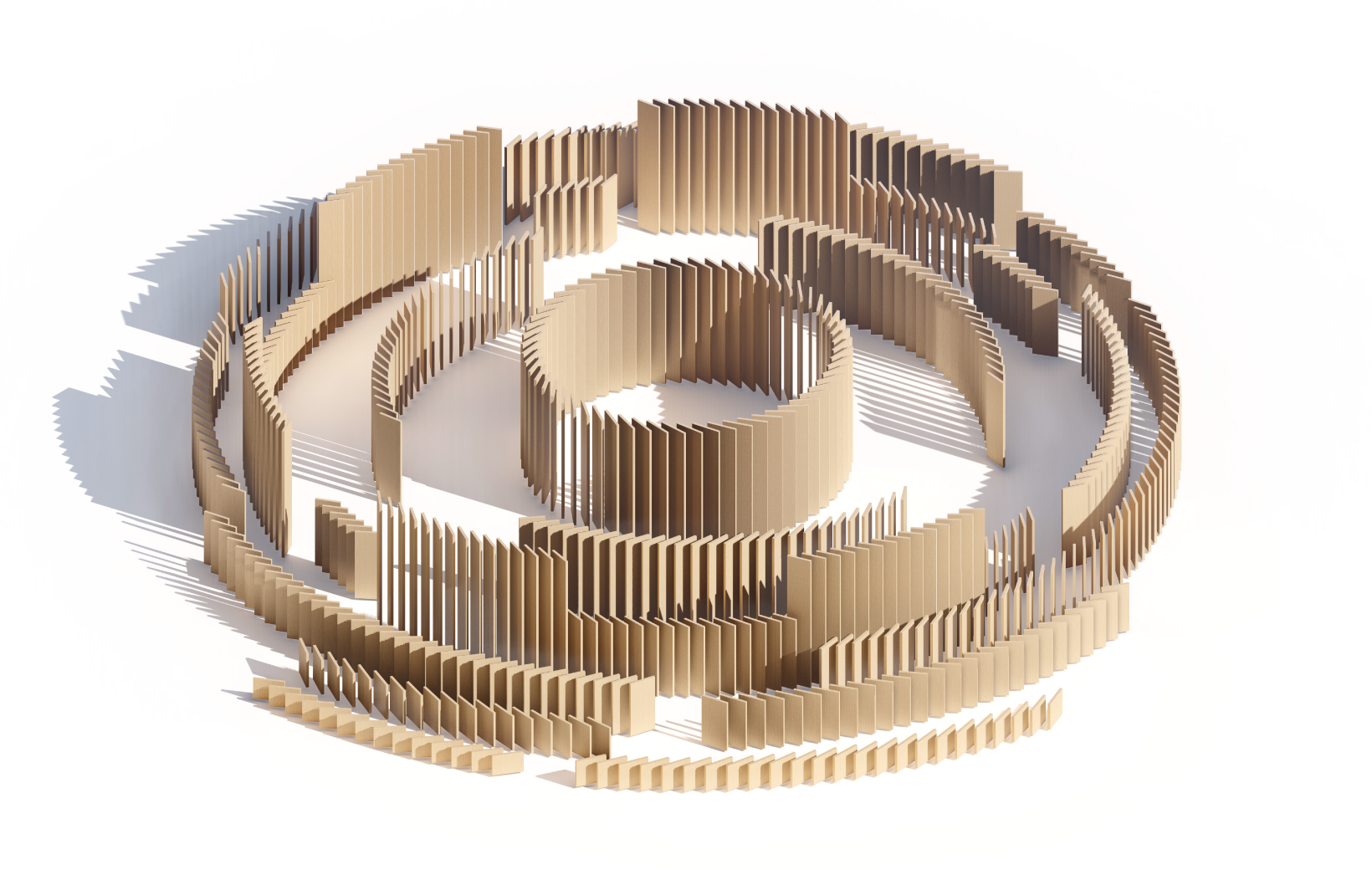
The Japan Pavilion, with its circular structure, embodies the cycle of life and stands as a distinct presence befitting the host country’s pavilion.
Its distinguishing feature: a great circle of innumerable wooden planks.
Peering between them, visitors can glimpse the interior,
connecting the outer and the inner, through exhibits and architecture,
inspiring an understanding of what lies “between”—part of the pavilion’s theme.
These planks, mainly composed of cross-laminated timber (CLT), have been designed to be easily disassembled for reuse in buildings across Japan after the Expo is over.
Experience
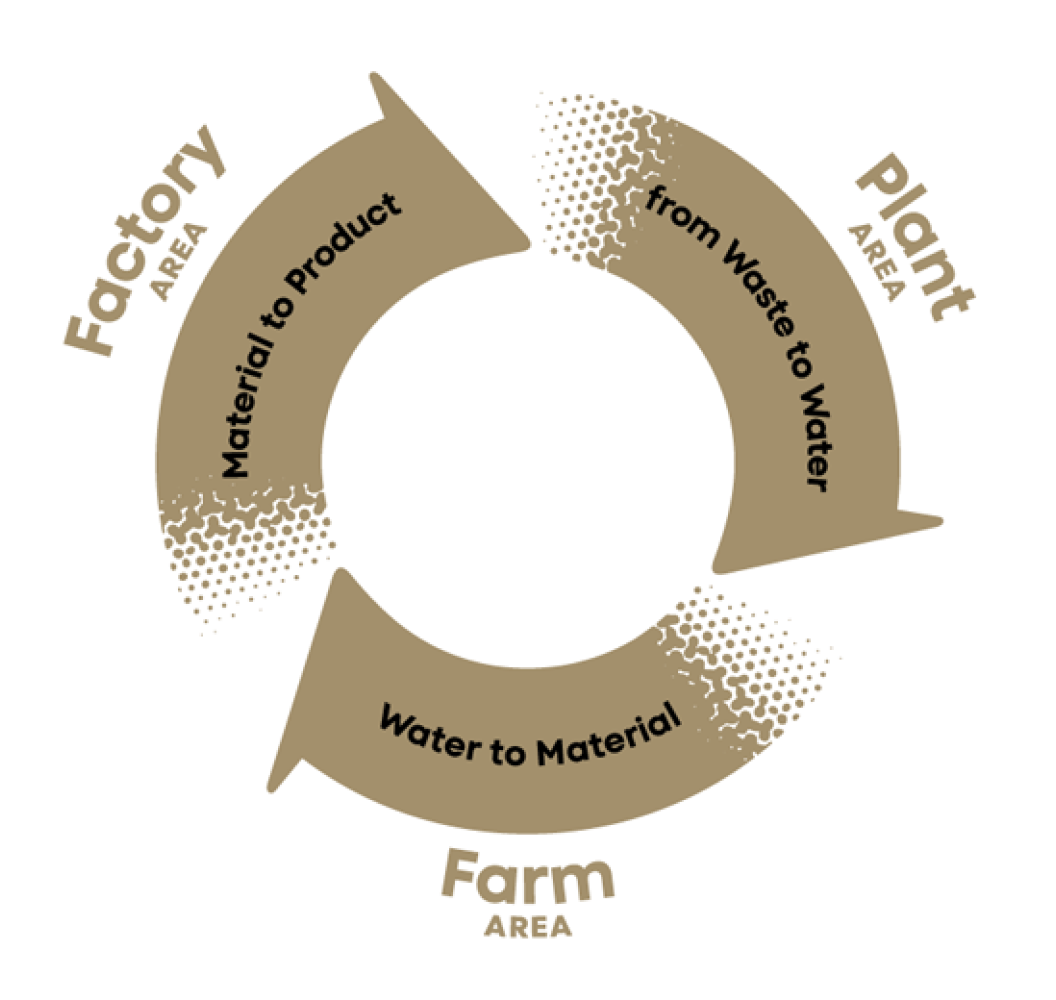
How do you make a pavilion that “eats trash”? By making it a biogas plant. Microorganisms decompose the Expo site’s garbage, transforming it into biogas. Visitors can witness this process through an installation on site, experiencing a “living pavilion” that uses power from its own plant.
Visitors walk in a circle through the building’s three zones to gain an understanding of the Japanese aesthetic concept of “circulation,” and themselves become part of a grand, unending story.
Circulation: an eternal connection, without beginning or end.
Adding to the Japan Pavilion’s unique charm are its three separate entrances and exits, each offering a different story for visitors to experience.
Visual System
Visual system animation. An organic pattern takes the shape of a circle. Like cell division in life, the pattern becomes finer and finer, before returning to a single large cell. Division and regeneration repeat.
The visual system at the Japan Pavilion is another kind of living organism. It breathes and grows, splitting and fusing again and again, always changing. It represents the purpose of the Pavilion: to turn our eyes toward that which lies between lives, and impress guests with memories not of a design, but of a process. We hope that this visual experience creates another life between the Japan Pavilion and all who visit.
Uniform
A looping stop-motion animation showing a uniform emerge from a neatly wrapped furoshiki cloth, the individual items inside arranging themselves in an orderly fashion. There are eight components making up the uniform. From the top left, they are: a hat; a T-shirt; a lightweight gold scarf; a bag; a jacket; pants; traditional Japanese setta sandals; and tabi socks. The clothing items are shown lined up in a folded state. The uniform then returns to the furoshiki cloth, where the items are again wrapped up neatly.
The attendant uniforms at the Japan Pavilion were created with the concept of “Embodying Japanese Aesthetics.” Beyond functionality—such as comfort, ease of movement, and heat resistance—the uniforms incorporate various thoughtful elements, including eco-friendly materials and plans for recycling after the event. The design reflects a Japanese sense of space, inspired by the structure of traditional kimono. Each uniform allows diverse attendants at the Japan Pavilion to wear it comfortably and elegantly throughout the changing seasons.
Creative Team
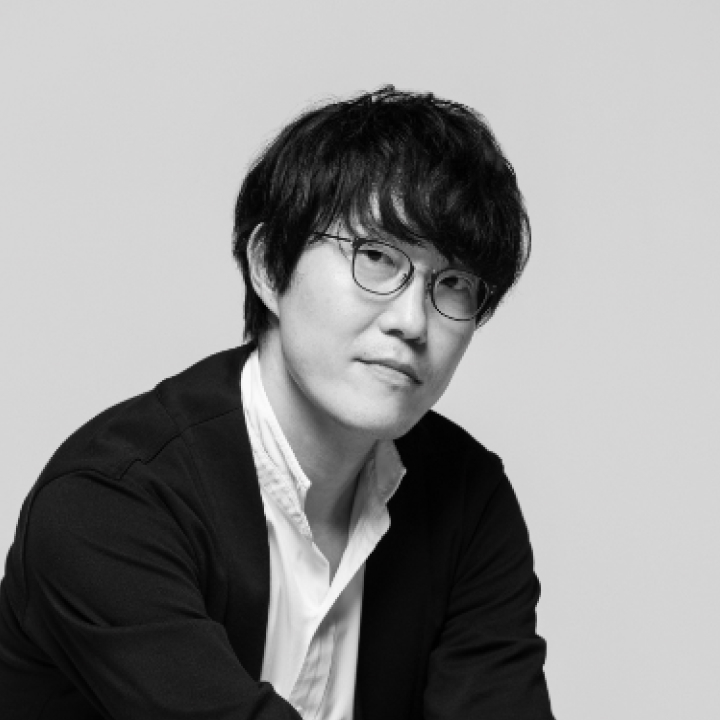
©Allan Abani
Japan Pavilion General Producer/General Designer
Oki Sato
Born in Canada in 1977, Oki studied architecture at Waseda University, graduating top of his class in 2000. He earned his master’s degree from Waseda in 2002 and founded design studio Nendo that same year. With multidisciplinary studios in Tokyo and Milan, Oki’s work spans a wide range of fields, such as architecture, product design, and branding, and has been recognized internationally with awards on several occasions, including in Italy, France, and the UK where he was named Designer of the Year. His recent major projects include the Tokyo 2020 Olympic cauldron, and he is also involved in the design of the new TGV trains for France’s high-speed rail network.
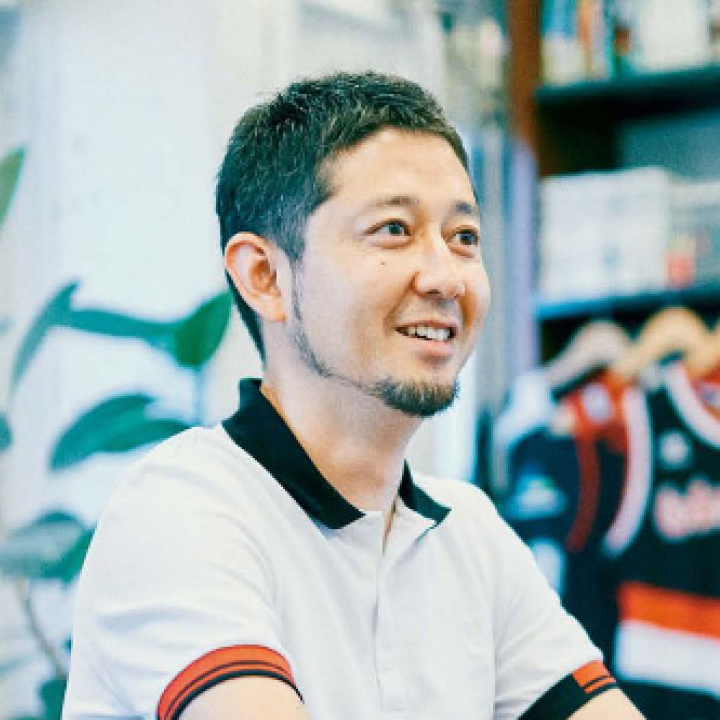
Copywriter
Junpei Watanabe
Junpei was born in 1977 in Funabashi, Chiba. In 2000, after graduating from Waseda University, he joined Hakuhodo Inc and later went on to establish his namesake company, watanabejunpeisha, Inc. in 2007. Working mainly with words, Junpei works across all manner of communications, including advertising campaigns, corporate slogans, product and company names, as well as lyrics. He has received accolades from the Cannes Lions International Festival of Creativity, the All Japan Confederation of Creativity (ACC) Tokyo Creativity Awards, the Nikkei Advertising Awards, and the Galaxy Award, and was the recipient of the Tokyo Copywriters Club (TCC) Newcomer Award. He also runs a bookstore, Nohohon Books & Coffee, in Hokuto, Yamanashi.
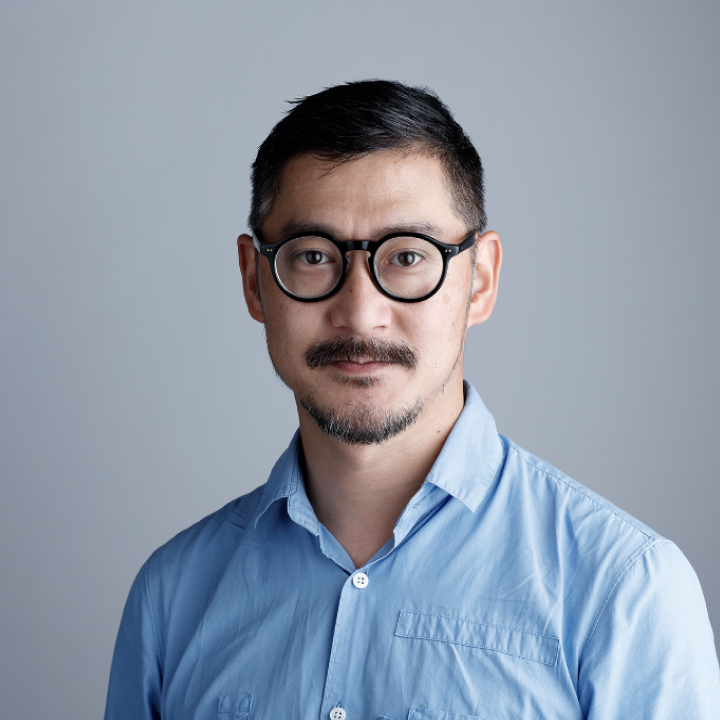
Art Director/Graphic Designer
Yoshiaki Irobe
Born in Chiba in 1974, Yoshiaki received his master’s degree from the Tokyo University of the Arts. Currently Director and Member of the Board of Nippon Design Center, Inc. where he heads the Irobe Design Institute, Yoshiaki’s design work spans a broad spectrum of clients and projects. From visual identities and signage planning to corporate and product branding, his portfolio includes the corporate identity for Osaka Metro as well as visual identities and signage for public facilities such as national parks, the Sukagawa Civil Exchange Center, and the Ichihara Lakeside Museum. He has been honored with numerous awards both in Japan and abroad, including the Yusaku Kamekura Design Award, a Tokyo Art Directors Club (ADC) award, a Japan Sign Design Association (SDA) Grand Prize (Minister of Economy, Trade and Industry Award), a CS Design Award Grand Prix, the Japan Graphic Designers Association (JAGDA) New Designer Award, and a One Show Gold Pencil in design. He is a member of the Alliance Graphique Internationale (AGI), Tokyo ADC, JAGDA, and the Japan Design Committee.

Architectural Design(Schematic Design and Detailed Design)
Nikken Sekkei Ltd
Founded in 1900, Nikken Sekkei is a professional service firm that works across architecture, civil engineering and urban design, undertaking everything from design and construction supervision to research, planning and consulting. The team in charge of the Japan Pavilion design has extensive experience in designing art museums and timber utilizing projects, as demonstrated in the Hoki Museum and the Ariake Gymnastics Centre for the Tokyo 2020 Olympic and Paralympic Games. The team’s numerous domestic and international awards include the Architectural Institute of Japan Prize, the JIA Grand Prix, the Japan Wood Design Award, the ARCASIA Awards Gold Prize, and RIBA Awards. For the Japan Pavilion, the team has chosen to use cross-laminated timber (CLT) made from Japanese cedar for the internal and external structural walls. The result is a pavilion that integrates the technical with the creative in its design and is at one with its exhibits.